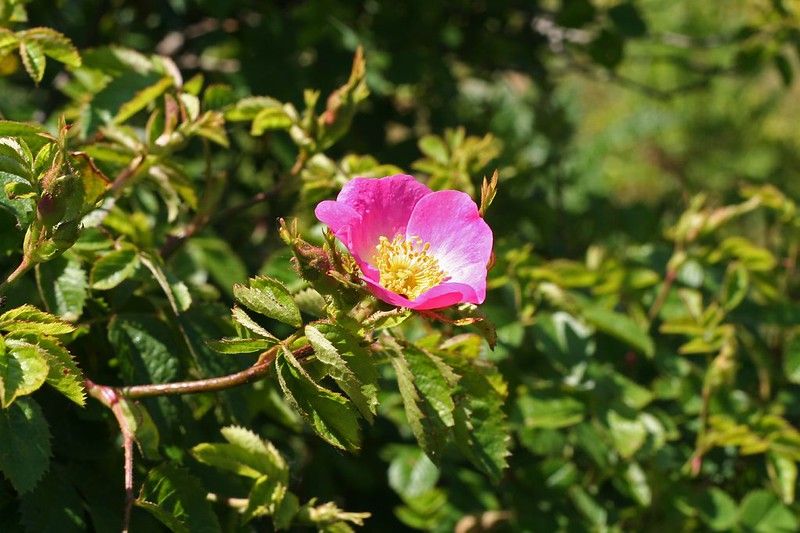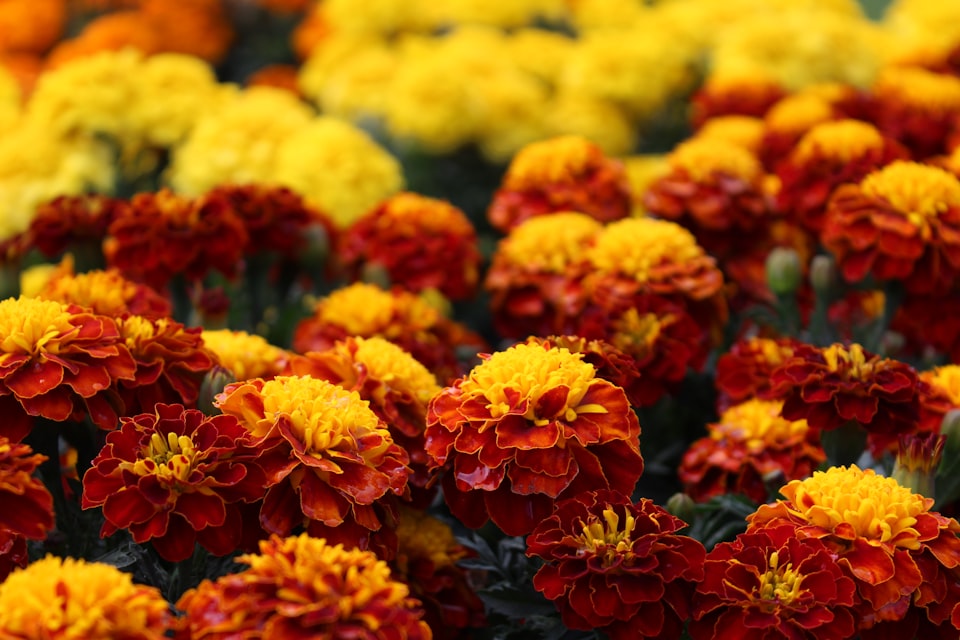I: Primrose
Taking a gander down the primrose path.

Good morning. Today is primidi, the 1st of Germinal, and the first day of spring, Year CCXXXI, halfway through this project! We celebrate la primevère, a flower named for being first.
Are things allowed to be easy? Is there any virtue in making things easier? For a great deal of time in the culture of Christendom, the answer was a fairly emphatic "no." This idea was so embedded that it became a subject of obsession for Shakespeare, who not only revisited the thought in three different plays, but coined the phrase for it that endures – as Shakespearean phrases are wont to do.
"The primrose path" is what I'm talking about, and its origins are Biblical, rooted in the notion that heaven is hard work to get into, but hell's gates are wide open and conveniently located. The question isn't whether this thought has any merit – that's a matter for religious writers – but how we try to work both sides of it in our modern capitalist culture.



